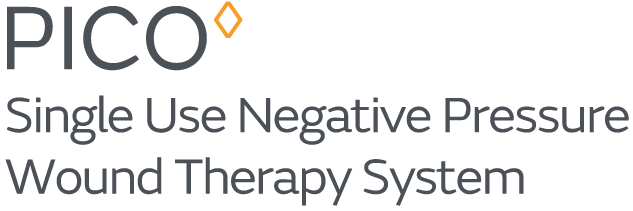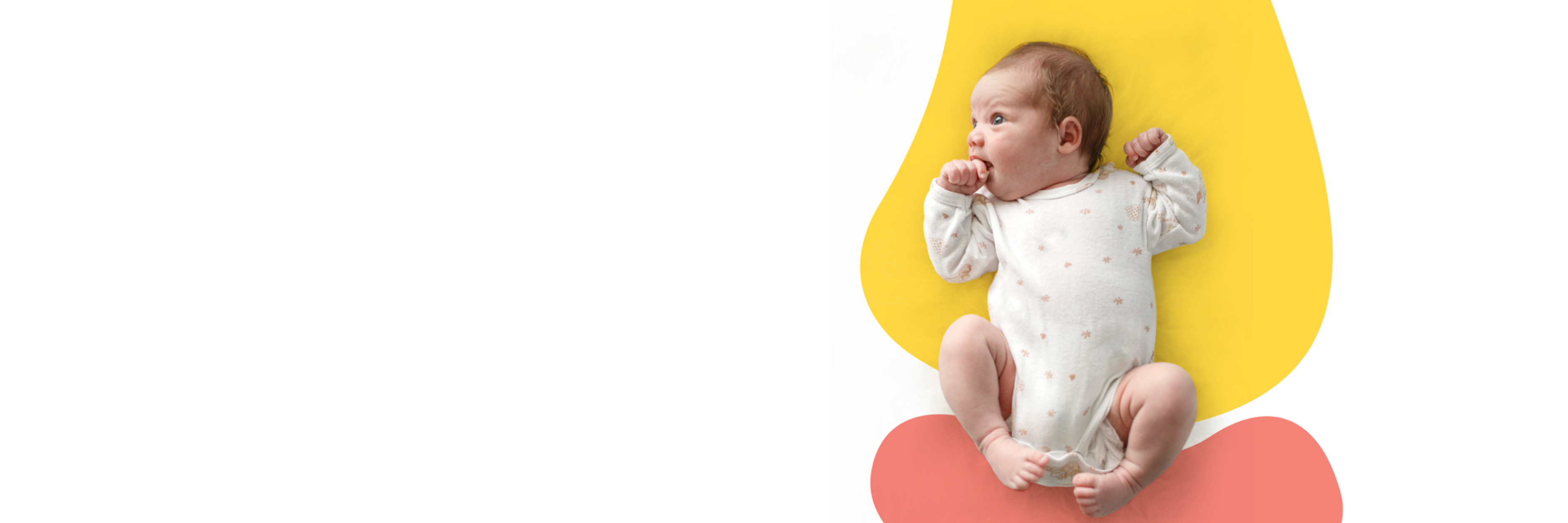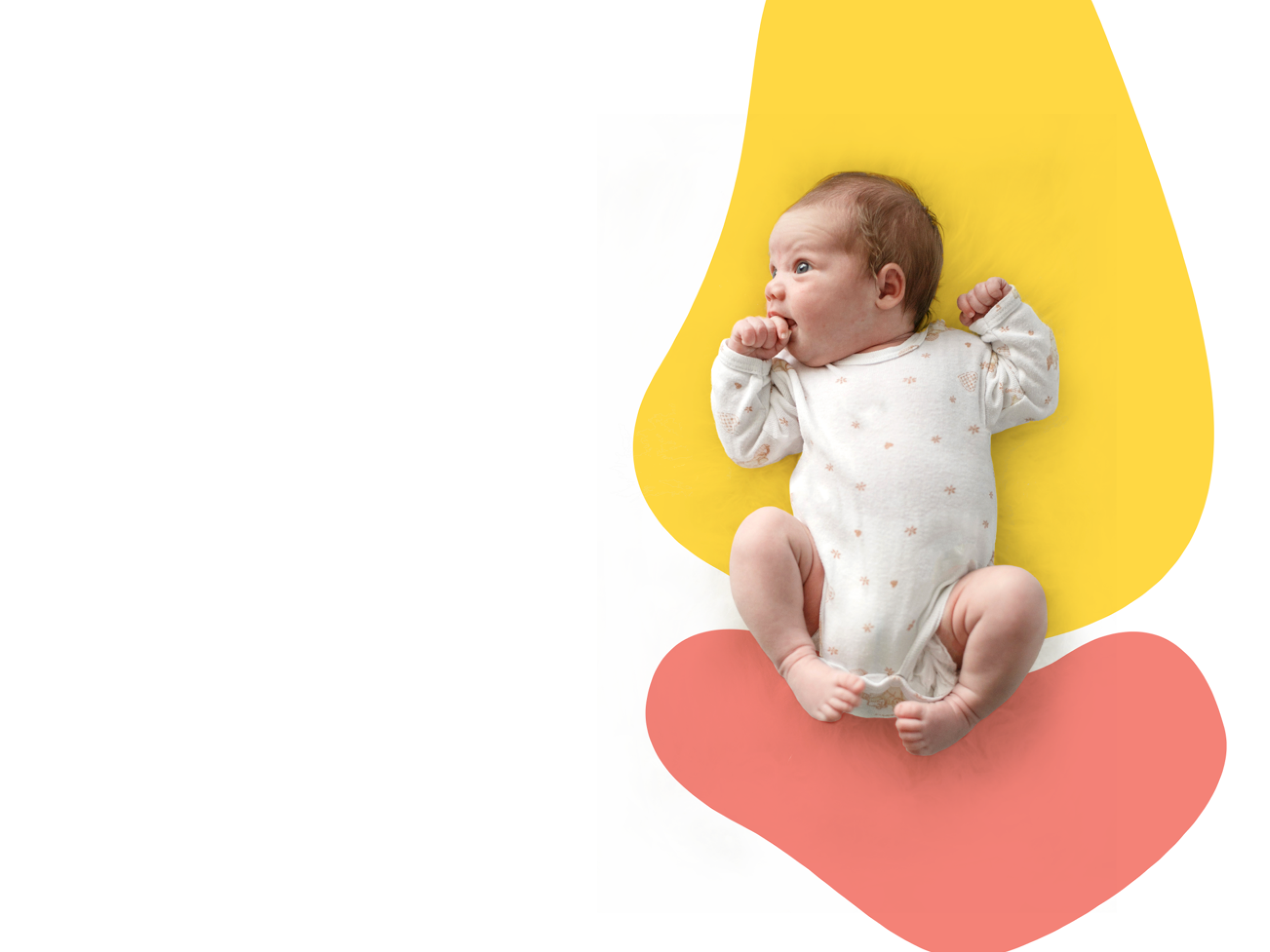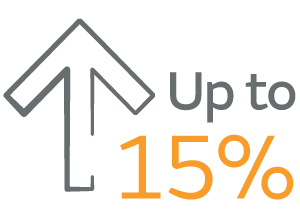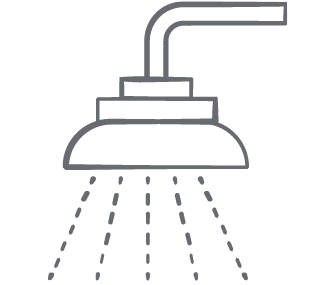Did you know?
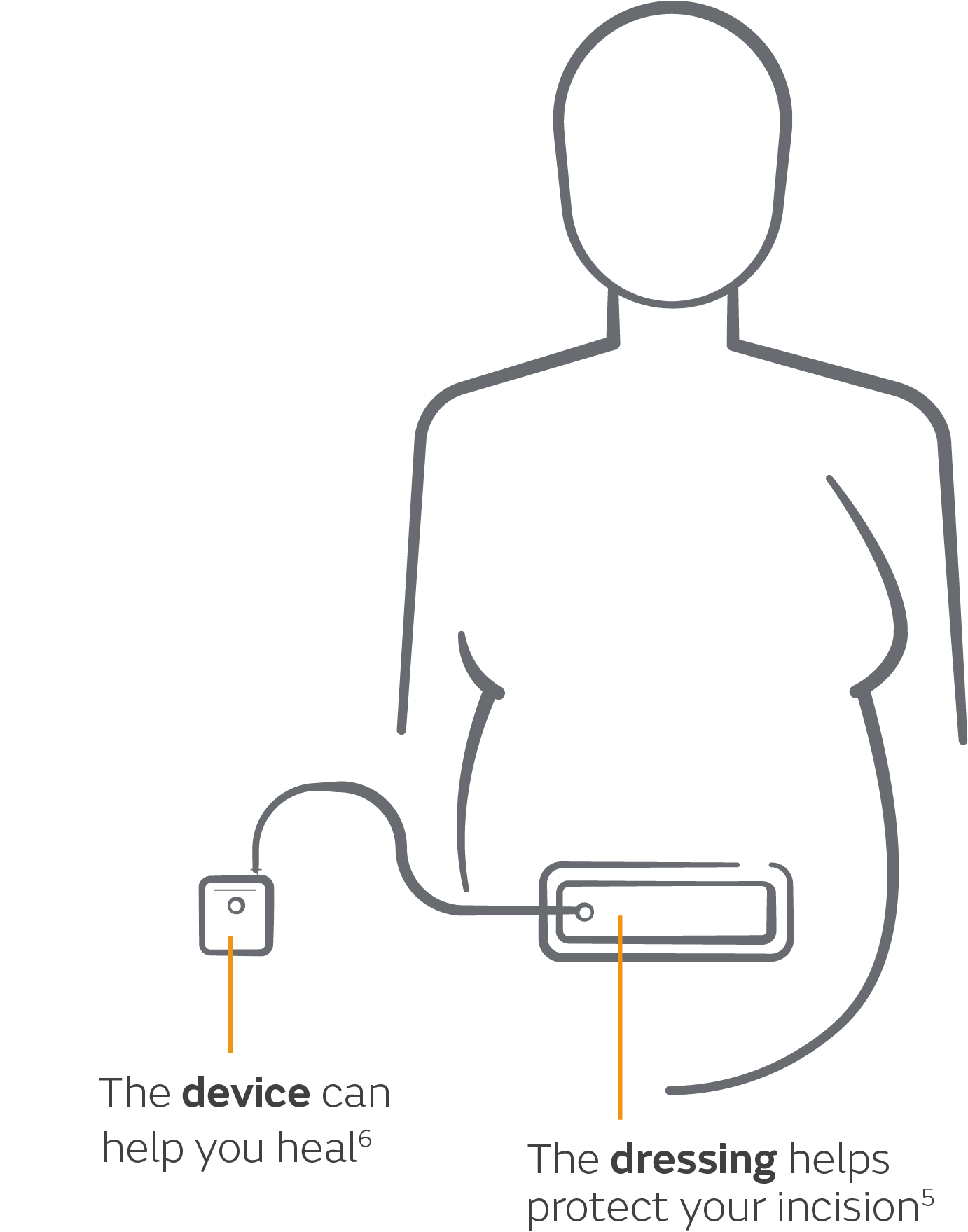
The PICO System can help*
Here’s how it works:
- Your doctor puts the dressing on your incision right after your C-section
- The dressing is comfortable and the device is small enough to fit in your pocket
- You wear it continuously for up to seven days
- When you return for your follow-up visit, your doctor takes it off
The PICO System can help reduce the relative risk of incision infection by 50%*†7
“One less thing to worry about after the surgery.”
See Christie’s story about how the PICO System helped her after her C-section.
Why the PICO System?
Curious about adding the PICO System to your birth plan? Here are some things to discuss with your doctor:
 |
Risk factors like being overweight |
 |
How your doctor plans to protect your incision after surgery |
 |
Your caregiving needs and how you can manage these activities while you recover |
 |
Ways to reduce your risk factors |
Fast facts about the PICO System
Dressings
The dressing should have a slightly wrinkled appearance and feel firm to the touch. You’ll wear it for up to seven days and it will be removed by your doctor.
Device
When the PICO System pump is working correctly, the green OK light will always be flashing. You may hear the pump running quietly.

Sleeping
Make sure that the device is placed somewhere safe and cannot be pulled off a table or cabinet onto the floor during sleep.
Showering
You can shower with your dressing on, but you should disconnect it from the device first and keep the device dry. Don’t directly spray the bandage with water or let it get soaked. Make sure the end of the tubing that attaches to the device is facing down to keep water out.
For full product and safety information, please see the Patient User Manual.
- Content source: CDC/National Center for Health Statistics. Page last reviewed: April 20, 2020.
- Zuarez-Easton S, Zafran N, Garmi G, Salim R. Postcesarean wound infection: prevalence, impact, prevention, and management challenges. Int J Womens Health. 2017;9:81-88.
- Vallejo MC, Attaallah AF, Shapiro RE, Elzamzamy OM, Mueller MG, Eller WS. Independent risk factors for surgical site infection a!er cesarean delivery in a rural tertiary care medical center. J Anesth. 2017;31(1):120-126. doi:10.1007/s00540-016-2266-2.
- Jenks PJ, Laurent M, McQuarry S, Watkins R. Clinical and economic burden of surgical site infection (SSI) and predicted financial consequences of elimination of SSI from an English hospital. Journal of Hospital Infection. 2014 Jan 1;86(1):24-33.
- Smith & Nephew February 2011.Bacterial Barrier Testing (wet-wet) of PICO dressing with a 7 day test duration against S. marcescens. Internal Report. 1102010.
- Malmsjö M, Huddleston E, Martin R. Biological Effects of a Disposable, Canisterless Negative Pressure Wound Therapy System. ePlasty. 2014;14:1 - 15.
- Hyldig N, Vinter CA, Kruse M, et al. Prophylactic incisional negative pressure wound therapy reduces the risk of surgical site infection a!er caesarean section in obese women: a pragmatic randomised clinical trial. BJOG. 2019 Apr;126(5):628-635.
- Hurd T, Trueman P, Rossington A. Use of a Portable, Single-use Negative Pressure Wound Therapy Device in Home Care Patients with Low to Moderately Exuding Wounds: A Case Series. Ostomy Wound Mangement. 2014;60(3):30-36.
*BMI ≥30
† Versus standard dressings
**The PICO dressing should not be exposed to a direct spray or submerged in water
You must seek advice from your healthcare professional before using PICO sNPWT. You must only use PICO sNPWT as directed by your healthcare professional and in accordance with the product’s packaging and inserts and Instructions for Use.
The information presented about PICO sNPWT is for educational, informational and illustrative purposes only. It does not constitute and is not a substitute for medical advice. If you have or suspect you may have a health problem, you should consult your healthcare professional. Only your healthcare professional can advise whether any treatments referred to may be suitable for you and your condition, including PICO sNPWT, and of the associated risks, benefits and possible outcomes. You should consult your healthcare professional about whether PICO sNPWT constitutes an appropriate treatment option for you. You should always read the packaging and packaging inserts prior to use for detailed product information including regarding the indications for use, contraindications, precautions and warnings.

